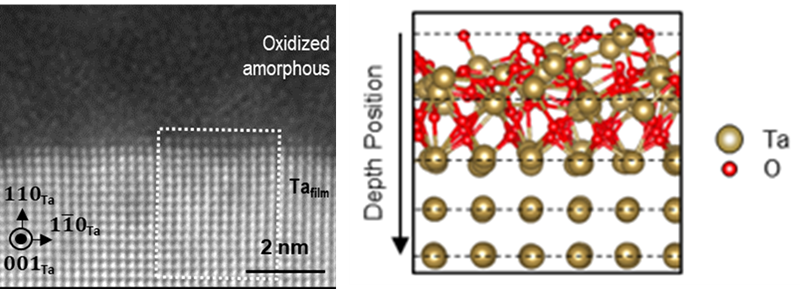The report also considers the future of optics supplies. These components, including mirrors and lenses, are used in physics experiments that manipulate light and lasers. Although most optics components are not at risk at this time, our domestic vendors are small businesses that could suffer from skilled labor shortages or rising labor costs. Meanwhile, a niche area of X-ray optics for cutting-edge accelerators can be hard to source domestically.
SC is also one of the nation’s leading supporters of quantum computing research. A crucial system called a dilution refrigerator keeps quantum computing chips at very low temperatures to reduce errors. Up to 80 percent of the world’s dilution refrigerators are made in a single country outside the United States.
To bolster scientific supply chains, panelists propose a spectrum of near- to long-term opportunities. They recommend increased collaboration between DOE, SC, labs, and vendors; strategic investment programs that reduce vendor risk; and long-term workforce development for skilled jobs relevant to key technologies.
The report suggests SC could start by launching internal procurement conferences to share strategies and information about vendor capabilities. Mid-term recommendations include establishing Centers of Excellence at national labs to fabricate critical components in short supply and expanding interactions with small businesses capable of customizing components. A system for sharing inventory between SC sites could also reduce waste and costs.
Five to 10 years in the future, the panel urges greater collaboration between DOE and industry. For example, tech transfer programs for critical scientific equipment or technologies could help meet DOE needs while also leading to commercial spin-off applications of interest to industry. Public-private partnerships that forecast and then invest in emerging markets could also strengthen future supply chains.
Supply chain issues for critically important materials and products must be solved to ensure the continued success of these world-class facilities and instruments in bringing the benefits of DOE science and technology to the public. This report provides direction for moving forward.
The Office of Science is the single largest supporter of basic research in the physical sciences in the United States and is working to address some of the most pressing challenges of our time. For more information, please visit the Office of Science website.
sourced from https://www.sourcearu.com



